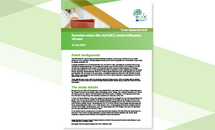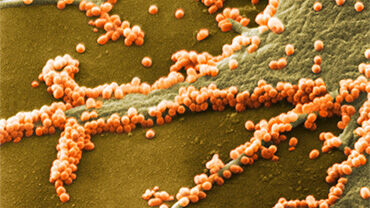Threat Assessment Brief: Eurasian avian-like A(H1N1) swine influenza viruses
The 2009 pandemic was the latest of several pandemics caused by a swine-origin influenza virus. Swine influenza is not a mandatory notifiable disease according to the World Organisation for Animal Health (OIE) criteria for disease notification.
A recently published study conducted between 2011 and 2018 in China, and based on surveillance data in pigs, identified an emerging genotype 4 (G4) reassortant Eurasian avian-like (EA) A(H1N1) swine influenza virus that contains internal genes from the human A(H1N1)pdm09 and North American triple-reassortant (TR) lineage-derived internal genes. This virus demonstrated the ability to replicate in human epithelial cells and can spread through respiratory droplets between ferrets. Antisera against seasonal human A(H1N1)pdm09 virus showed poor reactivity with G4 viruses. In the same study, a subsequent serosurvey found that 10% (35/338) of swine farm workers were positive for this G4 EA A(H1N1) virus, with a higher proportion in people between 18 and 35 years of age (21%; 9/44).
These findings raise concern about the pandemic potential of these viruses, which are already able to replicate successfully in human tissue and transmit through droplets between ferrets, being a model for human-to-human transmission.
Download








